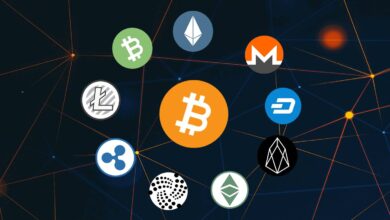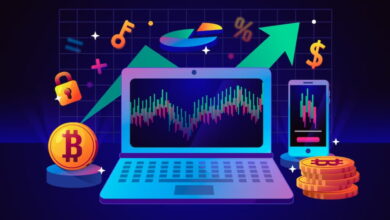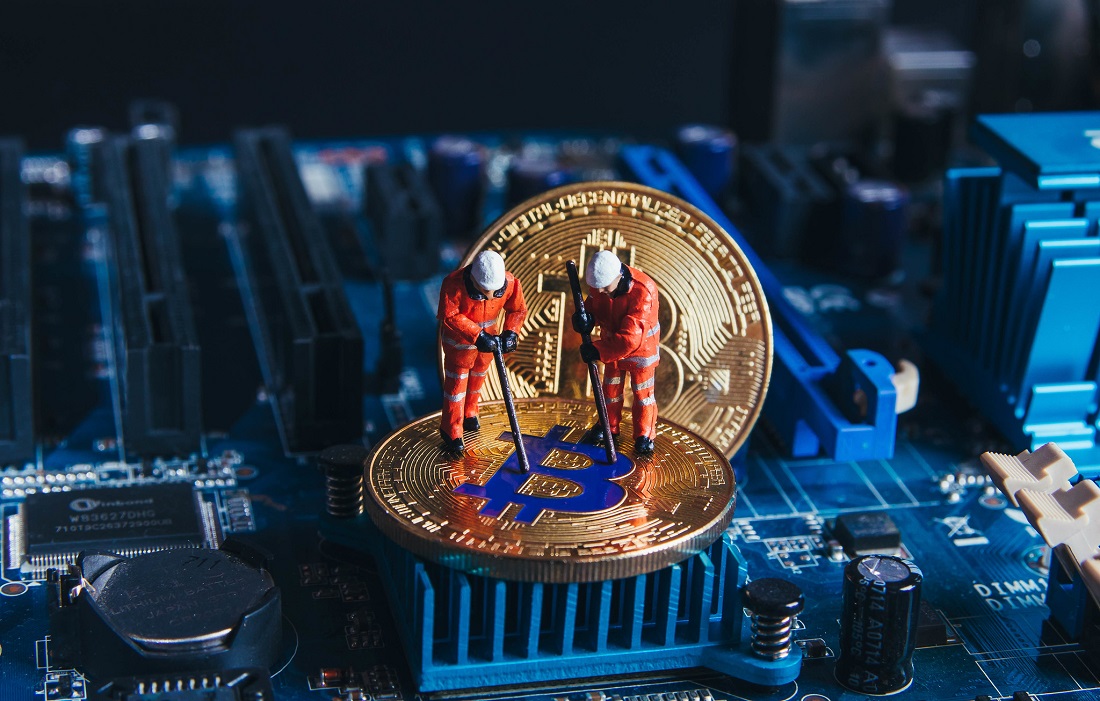Shiba Inu’s 600% Burn Increase Excites Crypto Investors
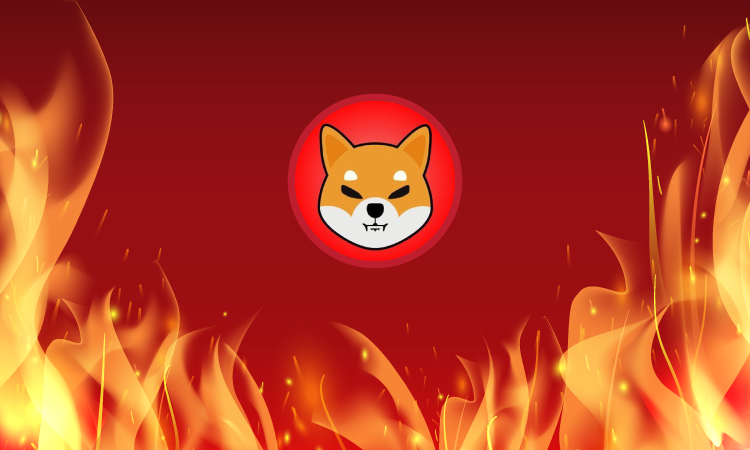
Shiba Inu’s 600% Burn: The cryptocurrency world is abuzz with the latest news surrounding Shiba Inu (SHIB), a popular meme-inspired token that has captured the imagination of millions. Recent reports reveal a staggering 600% increase in SHIB token burns, sparking excitement Bitcoin Sets New Record surpassing $109,000 among investors and fueling speculation about the token’s future.
What Is Token Burning?
Token burning is a process in which cryptocurrency tokens are permanently removed from circulation by sending them to an inaccessible wallet address. This deflationary mechanism reduces the total supply of tokens, potentially increasing their scarcity and, consequently, their value.
For Shiba Inu, token burns have been a critical part of the community-driven effort to enhance the token’s long-term value. With a vast supply of over 589 trillion tokens initially, burning significant amounts is seen as a way to counteract inflationary pressures and stabilize the price.
The Impact of the Recent Burn Surge
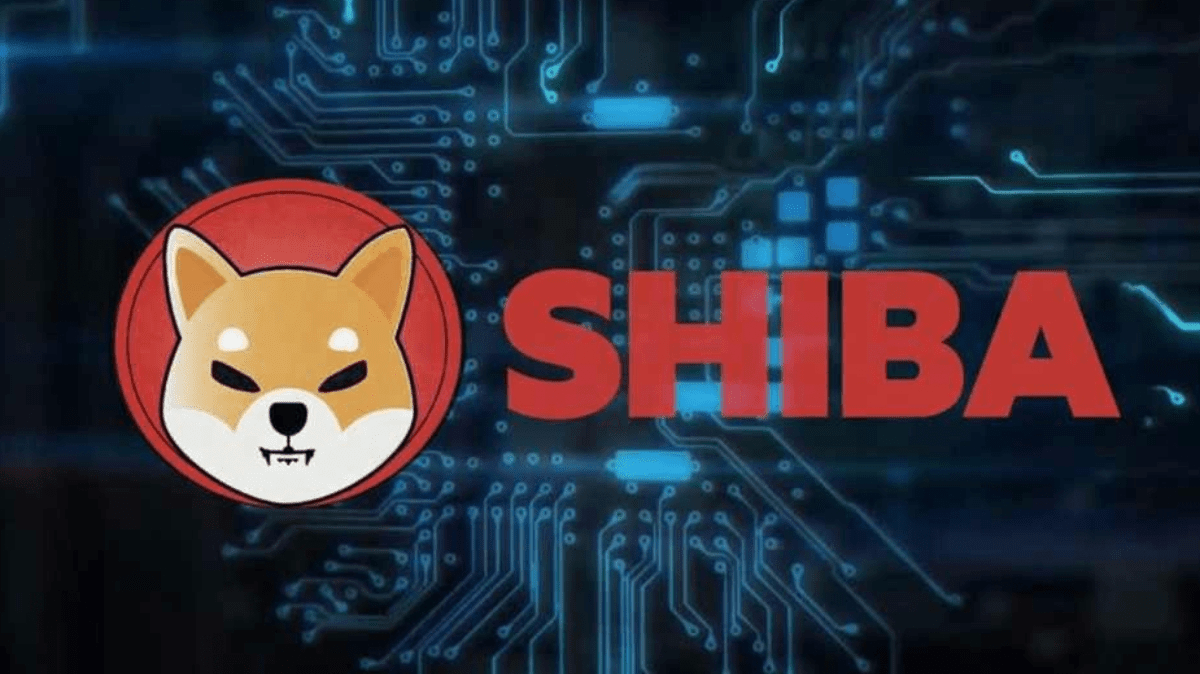
The 600% increase in token burns is a significant milestone for the Shiba Inu ecosystem. According to data from blockchain tracking platforms, millions of SHIB tokens are being burned daily, contributing to the reduced circulating supply. This surge has led to heightened interest from both retail and institutional investors.
Key reasons why this burn increase is exciting investors include:
- Scarcity Effect: The reduced supply could drive up the token’s price, benefiting long-term holders.
- Community Engagement: The burn events often involve the Shiba Inu community, fostering a sense of unity and shared purpose.
- Market Sentiment: Positive news like this often generates a ripple effect, attracting new investors and boosting market confidence.
How Does This Affect SHIB’s Price?
While token burns are a promising mechanism for increasing value, their direct impact on price is influenced by other factors, such as overall market conditions, trading volume, and investor sentiment. In the past, Shiba Inu has experienced dramatic price surges driven by hype and community support. The latest burn activity could add another layer of optimism, but investors should remain cautious and consider the broader crypto landscape.
What’s Next for Shiba Inu?
The Shiba Inu team has been proactive in expanding its ecosystem. With initiatives like ShibaSwap, a decentralized exchange, and the development of Shibarium, a Layer-2 blockchain solution. These advancements aim to solidify SHIB’s position as more than just a meme token.
The recent burn surge underscores the community’s commitment to the token’s growth and sustainability. As the burn rate continues to climb, it’s likely that SHIB will remain in the spotlight. Attracting both seasoned investors and newcomers.
Final Thoughts
The 600% increase in Shiba Inu token burns is a testament to the power of community-driven initiatives in the crypto space. While the long-term effects on SHIB’s price remain uncertain. The move has undoubtedly energized its supporters and piqued the interest of the wider crypto community.
As always, potential investors should conduct thorough research and consider the risks associated with cryptocurrency investments. With Shiba Inu’s ongoing developments and its dedicated community. The future looks promising—but only time will tell if the token can achieve new heights.
[sp_easyaccordion id=”4385″]


